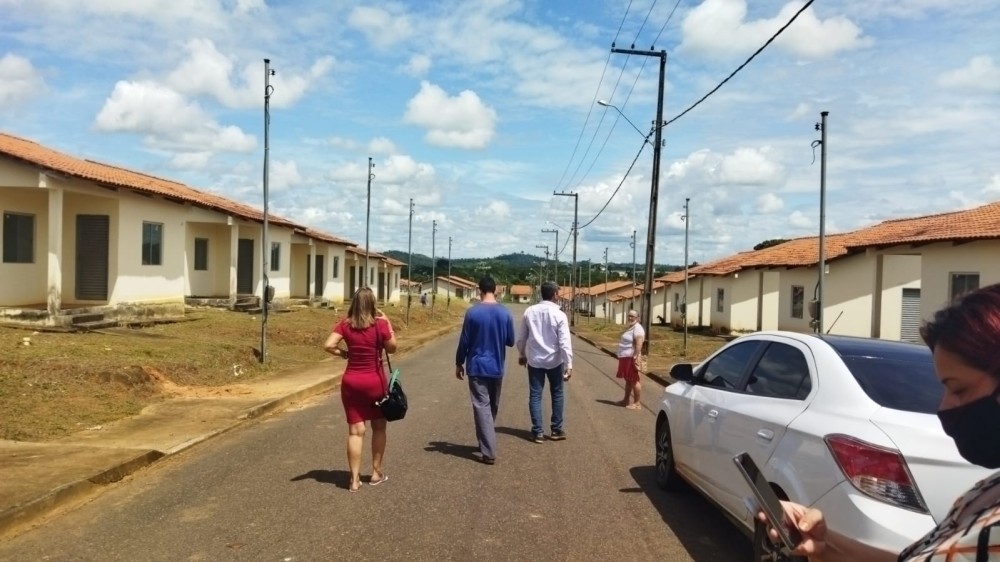- Nepal’s government can’t distribute land in national parks and forest areas to landless individuals, the country’s Supreme Court has ruled, emphasizing the protection of natural resources.
- Land ownership in Nepal has historically been concentrated among the powerful, leaving marginalized communities without land titles — a key grievance during the country’s Maoist-led rebellion from 1996-2006.
- The Forest Act and other regulations prevent the use of forest and public lands for settlement, complicating the government’s efforts to provide land to the landless without violating conservation laws.
KATHMANDU — Nepal’s Supreme Court has ruled the government can’t give away land within national parks and forest areas to landless people, in a move environmental activists have hailed but also expressed caution over.
The full text of the ruling, passed on Jan. 17 but released only recently, addresses the issue of the state giving away land in these areas on the grounds that they’re no longer forested. The court ruled such a policy not only legalizes the encroachment of public land, but goes against the spirit of constitutional duty of environmental protection, as well as prevailing national and international laws.
“The court’s ruling is positive as it reaffirms the norm that land within protected areas and forest can’t be distributed to squatters,” said Chandramani Paudel, the lawyer who filed the public interest litigation. “However, it doesn’t talk about evicting people who have already encroached upon forest and protected area land.”
The verdict came as Nepal’s prime minister, Pushpa Kamal Dahal, who has publicly stated that conservation laws in the country obstruct development, pushes to change laws to distribute land to 1.35 million families classified as landless, squatters, or irregular settlers.
The list of households was prepared by the National Land Commission, established in 2021 through an executive order. According to the commission, 80,584 people belong to landless Dalit families, while 155,938 are landless squatter families, whose members lack any form of land ownership. The rest live on land for which they don’t have ownership titles.
Land ownership is a contentious issue in Nepal, where 45% of the land is covered by forests. Historically, formal land ownership was concentrated in the hands of a few close to power, with marginalized people deprived of their right to own land.
“There are numerous cases where people have been living in their ancestral land for generations, but still don’t have formal ownership,” said Nahendra Khadka, vice chair of the land commission, which was recently dissolved by the government.

The issue of landlessness was a key grievance underlying the decade-long armed conflict led by Maoist rebels, who encouraged the resettlement of landless and squatter communities to forest areas and public lands across the country. Even after the Maoists and their various splinter groups laid down their arms, this pattern continues. Instances of forest encroachment, especially in the south, have been reported by local media, with concrete houses being built on the land.
The government has set up various commissions over the past two decades to resolve the issue of squatters and landless people, but to no avail. The new Constitution, adopted in 2015, says the state must provide land to the landless Dalit for one time in accordance with law. During his annual budget speech on May 28, Finance Minister Barsha Man Pun said the government plans to allocate land to 500,000 families.
However, “in accordance with law” means the government can’t legally do so arbitrarily. The Forest Act of 2019 not only forbids the use of any forest area containing trees for settlement or resettlement, but also makes such activities illegal in previously forested areas. Similarly, land can’t be allocated in public areas, river or stream banks, hazardous locations, and within the right of way of roads.
“Our position is that we need to provide formal ownership to people who are living on a piece of land for a long time, but don’t have formal ownership,” Khadka told Mongabay. “There are only a few households that need to be provided land in a new place.”
Khadka said the plan never involved encroaching upon forest or protected area land. However, forest boundaries aren’t well defined, and towns with thousands of people have sprung up in areas where there were forests in the past. “It would be unjust to evict these people from their land,” Khadka said, adding the government now needs to redefine what constitutes a forest area and what doesn’t.
“Numerous settlements have sprung up in areas that used to be forests. What was the court and the government doing when all this was happening?” he said. “Evicting everyone would cause a lot of financial damage to many people.”
Although the Supreme Court ruling prohibits the allocation of forest and protected area land, it says nothing about what to do in the case of people who have already encroached on this land. Paudel, the petitioner in the case, said this was a major drawback of the ruling.
“We would have liked the court to speak on how to deal with people who have already encroached upon forest land,” he said.
Others are calling on the government and the court to strike a balance between environmental conservation and people’s right to land. Gyan Basnet, a professor of human rights law at Purbanchal University, said that while the court can’t ignore the plight of people who don’t have formal ownership of land and their right to housing, it also shouldn’t take the issue of encroachment lightly.
“The issue has been around for quite a long time now,” he said. “We need to settle it quickly by balancing the people’s right to property and housing and the safeguarding of natural resources.”
Banner image: A rural settlement near Chitwan National Park in Nepal. Image by Maureen Barlin via Flickr (CC BY-NC-ND 2.0).
Abhaya Raj Joshi is a staff writer for Nepal at Mongabay. Find him on 𝕏 @arj272.
Nepal govt bypasses parliament to allow commercial projects in protected areas
Note: This article have been indexed to our site. We do not claim legitimacy, ownership or copyright of any of the content above. To see the article at original source Click Here









![[No Cut V] Jo Su-jin "Chun Doo-hwan's new military" and Lee Jun-seok "a sense of self-doubt"... Infighting in the national power leadership thumbnail](https://file2.nocutnews.co.kr/newsroom/image/2021/10/01/202110011358203452_0.jpg)


